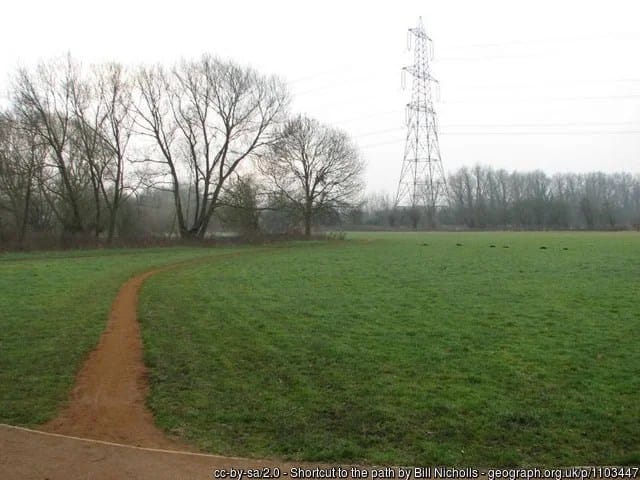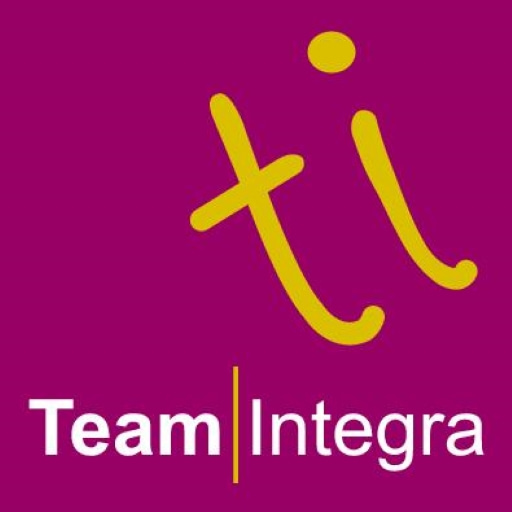Phase 1: Rapid Response and Initial Reset
Step 2: Safety, Spatial Awareness and Human Work 3

An Unbelievable Accelerant
The pandemic has been an unbelievable accelerant and has forced us to change our habits and routines in a way in which organisations and corporations weren’t necessarily ready for, home working is one-such, obvious, example. The technology to effectively home work has been around for years but, only small numbers of organisations actually embraced it, until now. The pandemic has been a trigger and catalyst for rapid change and the need to speedily re-deign safe work places and work.
Much Solid Guidance
There a number of strong sets of guidance for the safe return to work and it is essential that all organisations use as much of the solid guidance as they can. This is guidance is from the Chartered Institute of Ergonomics and Human Factors. https://www.ergonomics.org.uk/common/Uploaded%20files/Publications/CIEHF-Creating-a-Safe-Workplace.pdf However, whilst this guidance is sound it can only ever be of a generic, general nature as each workplace context is uniquely different.
Less Collaboration Could Increase Danger
A resulting rapid re-design of work and workplaces to restrict transmission is required and this has often been on the shoulders of a few with less collaboration because of increased homeworking and furlough. What is worrying is that this lack of collaboration with workers and staff could inadvertently become a real safety concern as leaders and managers undertaking risk assessments and re-designs don’t always have knowledge of the gemba or how the work works (as John Seddon would say).
Whose Gemba is it? The Real Leader Worker Knowledge Gap
Many groups charged with this rapid re-design of work and spaces will use such guidance but it is often generic and, importantly, assumes that the reader has a knowledge of the work and environment. Here we uncover an incredibly important potential gap. As a boss, leader or manager do you really know what work is being completed within your team and how that work is completed? If leaders are to support the safe re-design of their work, built and shared environments they need to honest about whether they have a deep enough knowledge of the actual work not just what they imagine is being done. I am not a health and safety or human factors expert but I do spend time in many workplaces (gemba’s) observing and studying people and processes. Certainly enough time to know that there are often many workarounds and variations of work that aren’t always captured or recorded. These workarounds embody the gemba gap.
The Safety and Shortcut Paradox – How Workarounds can be both Creative and Dangerous

We have all seen the user experience vs design memes that proliferate on linkedin and I bet we have all been in a situation at work where we have found a better or quicker way of doing a task. Battling the shortcomings of the inflexible system and workflow is almost an art-form. Many people will have extracted data from their organisation’s central IT system and used Microsoft excel to manipulate it because the system doesn’t have the report they want. Equal numbers of well-intentioned workers will have filled-in or completed an online form with zero’s or x’s to get onto the next page or stage of the workflow. You cannot tell me that it doesn’t happen because I won’t believe you. It is even fashionable now to “hack” the system to devise a quicker and better way.
Most “Hacks” Will Probably be Invisible to Many Managers
The creation of a shortcut or workaround is a highly creative, problem-avoidance activity that shows intelligence and initiative. However, there is also a problem. Because when looking to re-design work and workplaces the reality of what is actually happening, including the “hacks” maybe invisible to managers and leaders who are undertaking rapid re-design. This is especially important when looking to design covid-secure work and environments. This is the paradox. So, how do we ensure that any re-design is as robust as we need it to be? Knowledge of the real work has to be at the heart of any changes and risk mitigation.
Understanding the Paradox – Varieties of Human Work

With time to read and reflect over the last few months this blog piece is based on and highly influenced by the thoughts, ideas and work of Steven Shorrock. His own blog https://humanisticsystems.com/ is full of clear, thoughtful and practical views on human work, systems and safety. It is a Human Factors and Ergonomics reference treasure trove. The readable vocabulary, relatable models and clear style has helped my, logical, Industrial Engineer and Lean brain make sense of many concepts, trade-offs and fundamentals of human work, safety and human error. One of my favourite articles covers the varieties of human work https://humanisticsystems.com/2016/12/05/the-varieties-of-human-work/ It is one of my favourite because it clearly articulates for me the conflicting and overlapping viewpoints on “work” that I see all the time in my work. Viewpoints of the leader, the work designer, the auditor and the actual worker. Most vivid for me is a direct parallel with Ohno’s chalk circle anecdote.
Ohno’s Chalk Circle and Varieties of Human Work

The anecdote describes how Ohno used a quickly drawn chalk circle on the ground near a point of interest or work to coach or teach his managers. He would leave them in it for a while to “watch and observe” until he returned and asked the managers questions about what they had seen. With the chalk circle and the observation Ohno is physically trying to overcome the gap between Work-as-Imagined and Work-as-Done. To get the managers to visit the gemba and see the reality for themselves. This is critical as you cannot effectively undertake a risk assessment or re-design a workplace safely without being in it understanding it. Observation alone, though, isn’t enough as we will not always see and take-in the full range of demand, work and “hacks”.
Simply by “Observing” Leaders Will Influence the Work they See

Getting a leader or manager to the gemba to observe it’s workings is incredibly important and the chalk circle does a good job of explaining that but, it isn’t enough if we want a safe workplace for our teams. We are left with a few missing jigsaw pieces if we simply just observe. Firstly, our minds aren’t designed to record and recall all the many details of the observation secondly, we probably won’t observe for long enough to see the full variety of demand and thirdly, just through the act of standing and observing the work we influence what is disclosed to us. This is another critical aspect of Steven Shorrock’s model. When our work is knowingly observed we often consciously or unconsciously change what we do. We could Work-as-Prescribed and refrain from any workarounds or we could slow down, any number of changes could occur. The reality is that to deeply understand Work-as-Done you have to do it yourself. This isn’t possible in many contexts so as a leader you need to collaborate honestly in a psychologically safe environment. The power and importance of this cannot be underestimated when re-designing safe work and workplaces.
Real Knowledge of Work-as-Done
Whilst it is true that the pandemic has been an accelerant and that speed of response is important it is also true that safety and a safe, secure future is the top priority. Therefore, it is important to approach work and workplace re-design in a calm, measured manner accepting that, as leaders, step one is to try as hard as you can to uncover Work-as-Done by bridging the gemba gap, collaborating with teams, safely uncovering workarounds, listening intently and properly observing work. This cannot be just delegated, it is a real experience. Knowledge of the work is at the heart of good leadership. However, before doing anything my advice would be to read Steven Shorrock’s Varieties of Human Work articles. https://humanisticsystems.com/2016/12/05/the-varieties-of-human-work/
